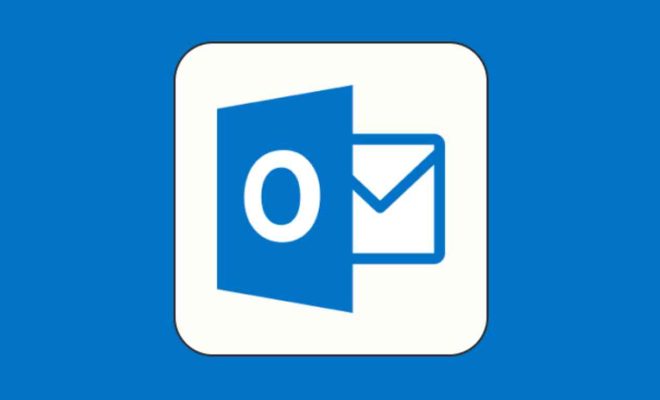Everything You Need to Know About Email Addresses

Email addresses are essential elements in today’s digital landscape, serving as one of the primary means of communication in both personal and business settings. In this article, we will cover everything you need to know about email addresses, including their structure, purpose, and common email services
Structure of Email Addresse
Every email address follows a specific structure, consisting of two parts – the username and the domain name. The username is the name you choose for your email account, while the domain name identifies the email service provider, such as Gmail or Yahoo
For example, [email protected] is the email address of an individual named John Smith using the Gmail service. In this case, “johnsmith” is the username, while “gmail.com” is the domain name
Purpose of Email Addresse
The primary use of email addresses is to enable communication via email. Email is a fast and efficient way to exchange messages, documents, and other information over the internet. Whether you’re sending a message to a friend, family member, colleague, or customer, email provides a reliable means of communication that can be accessed anytime, anywhere, as long as you have an internet connection
In addition to communication, email addresses are often used for other purposes, such as creating online accounts, subscribing to newsletters or promotional offers, and resetting passwords for various online services
Common Email Service
There are many email services available today, each with its own unique features, pros, and cons. Some of the most popular email services include
1. Gmail – a free email service offered by Google. It offers a user-friendly interface, integrated Google services, and customizable themes
2. Yahoo Mail – Yahoo’s email service offers a simple, easy-to-use interface, personalized themes, and an excellent spam filtering system
3. Outlook – Microsoft’s email service provides users with a suite of productivity tools, including email, calendar, and contacts management
4. AOL Mail – AOL’s email service offers free email with unlimited storage, a customizable dashboard, and spam protection
5. ProtonMail – an encrypted email service that offers end-to-end encryption, providing users with secure email communications.
Conclusion
In summary, email addresses are critical components of digital communication, enabling individuals and businesses to communicate and exchange information quickly and efficiently. Understanding the structure of email addresses, the purpose they serve, and the most common email services available can help us make the most of this essential digital tool.






